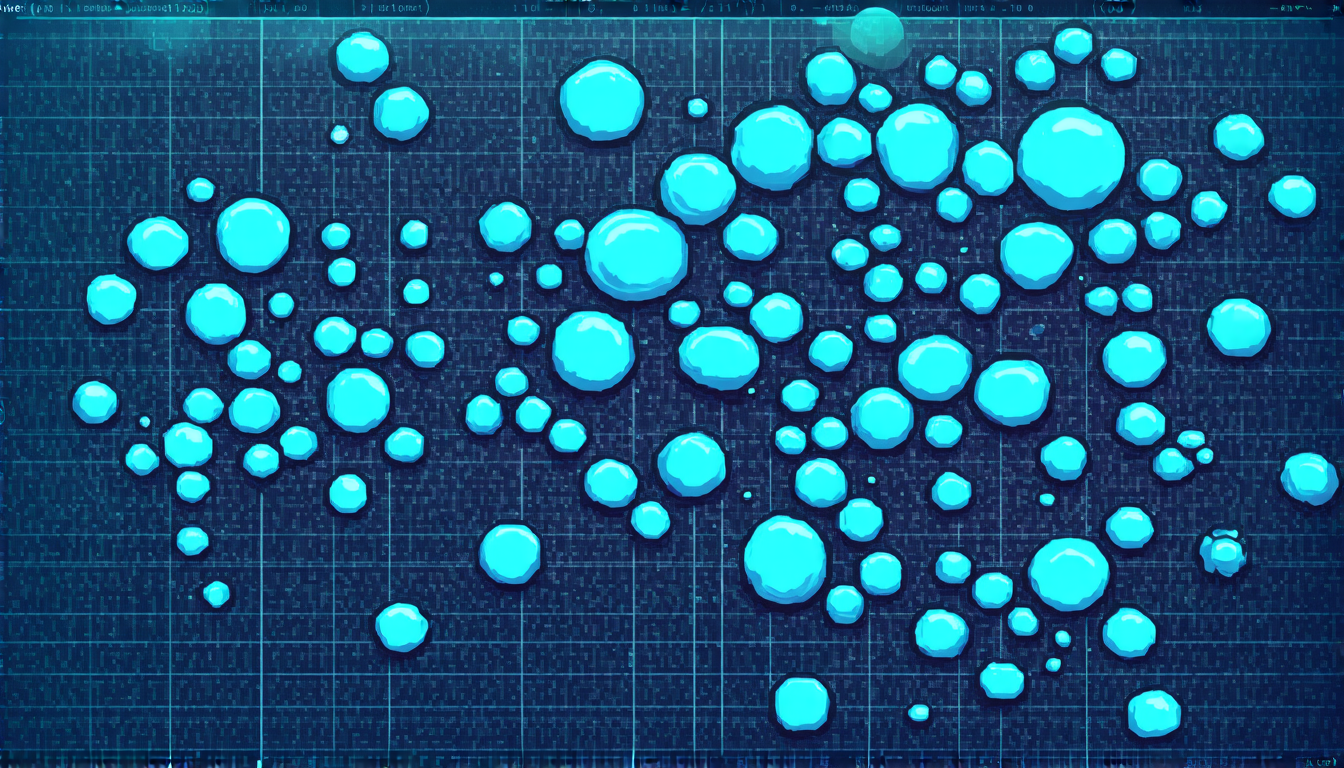Sunday 06 April 2025
A new study has shed light on the intricate dance of cell division and fragmentation in multicellular organisms, providing valuable insights into how cells regulate their size and shape. Researchers have long been fascinated by the mechanisms that govern cellular growth and differentiation, as these processes are crucial for the development and maintenance of complex tissues.
To investigate this phenomenon, scientists employed a combination of theoretical modeling and computer simulations to study the dynamics of cell clusters. They found that the rate at which cells divide and break apart is influenced by a delicate balance between two primary forces: the growth rate of individual cells and the frequency of cell-cell interactions.
The researchers created a mathematical model that captures the interplay between these two factors, allowing them to simulate the behavior of cell clusters under various conditions. By analyzing their results, they discovered that the size distribution of cell clusters can be controlled by adjusting the ratio of growth rates and fragmentation frequencies.
Their findings have significant implications for our understanding of cellular development and tissue formation. For instance, the study suggests that certain diseases may arise from disruptions in this delicate balance, leading to abnormal cell growth or fragmentation patterns. Furthermore, the results could inform strategies for controlling cell size and shape in regenerative medicine and tissue engineering applications.
The researchers also explored the role of basal rates – the minimum rate at which cells divide or break apart – on the distribution of cluster sizes. They found that even small variations in these basal rates can have a significant impact on the final cluster size, highlighting the importance of considering this factor in modeling cellular behavior.
To validate their theoretical predictions, the researchers employed a rejection-free kinetic Monte Carlo algorithm to simulate the growth and fragmentation of cell clusters. By comparing their simulated results with real-world data from various organisms, they confirmed that their model accurately captures the dynamics of cellular growth and differentiation.
The study’s findings have far-reaching implications for our understanding of cellular biology and its applications in medicine and biotechnology. As researchers continue to unravel the intricacies of cellular behavior, we can expect significant advances in our ability to control cell size and shape, with potential benefits for human health and disease treatment.
Cite this article: “Cellular Chaos: Unraveling the Mysteries of Tissue Size Control”, The Science Archive, 2025.
Cellular Growth, Cell Division, Fragmentation, Tissue Formation, Regenerative Medicine, Kinetic Monte Carlo Algorithm, Cellular Biology, Disease Treatment, Biotechnology, Modeling Cellular Behavior
Reference: Wei Wang, Brian A. Camley, “Controlling tissue size by active fracture” (2025).







